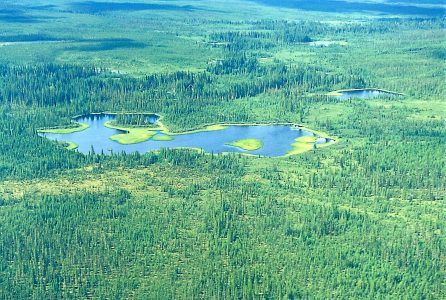Caribou Mountains Wildland Provincial Park is one of Alberta’s most remote and mysterious treasures. Stretching across more than 5,900 square kilometers, this vast wilderness is larger than Prince Edward Island and holds the title of Alberta’s largest wildland park. Situated in the far northwest corner of the province, this incredible landscape offers more than just isolation—it shelters rare wildlife, ancient boreal forest, and a rich Indigenous cultural history.
If you’re seeking peace, seclusion, and a deep connection with nature, this park delivers a raw and unforgettable experience. With no roads, trails, or campsites, it remains largely untouched by human development—an increasingly rare trait in the modern world. Whether you’re an adventurer, conservationist, or nature lover, Caribou Mountains Wildland Provincial Park is a reminder of what the wilderness once was—and still can be.
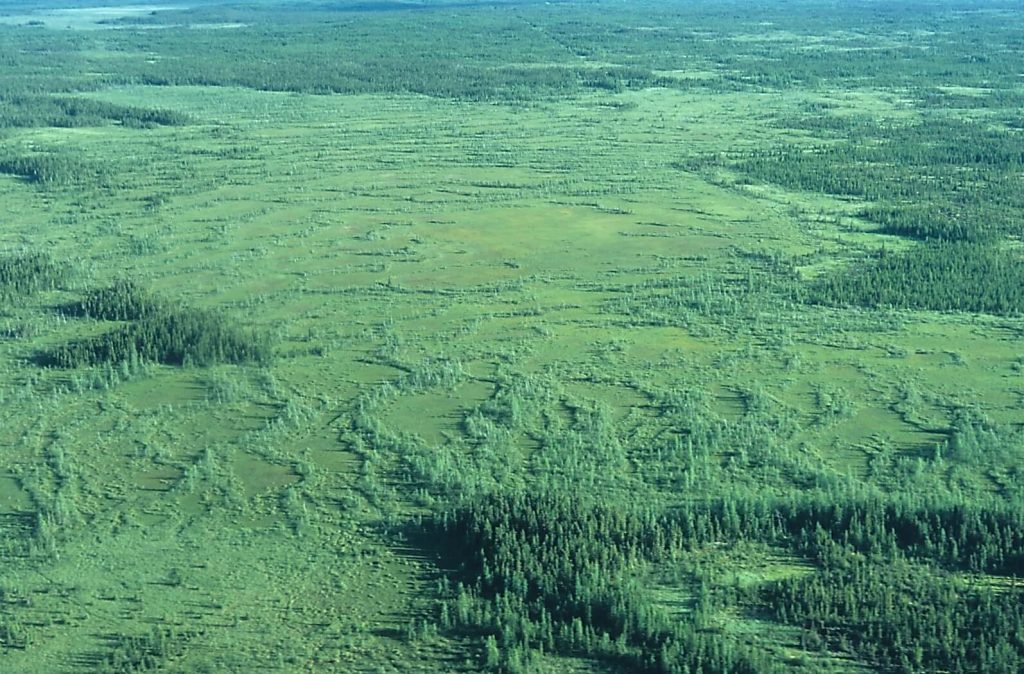
The Landscape: Where the Boreal Forest Reigns
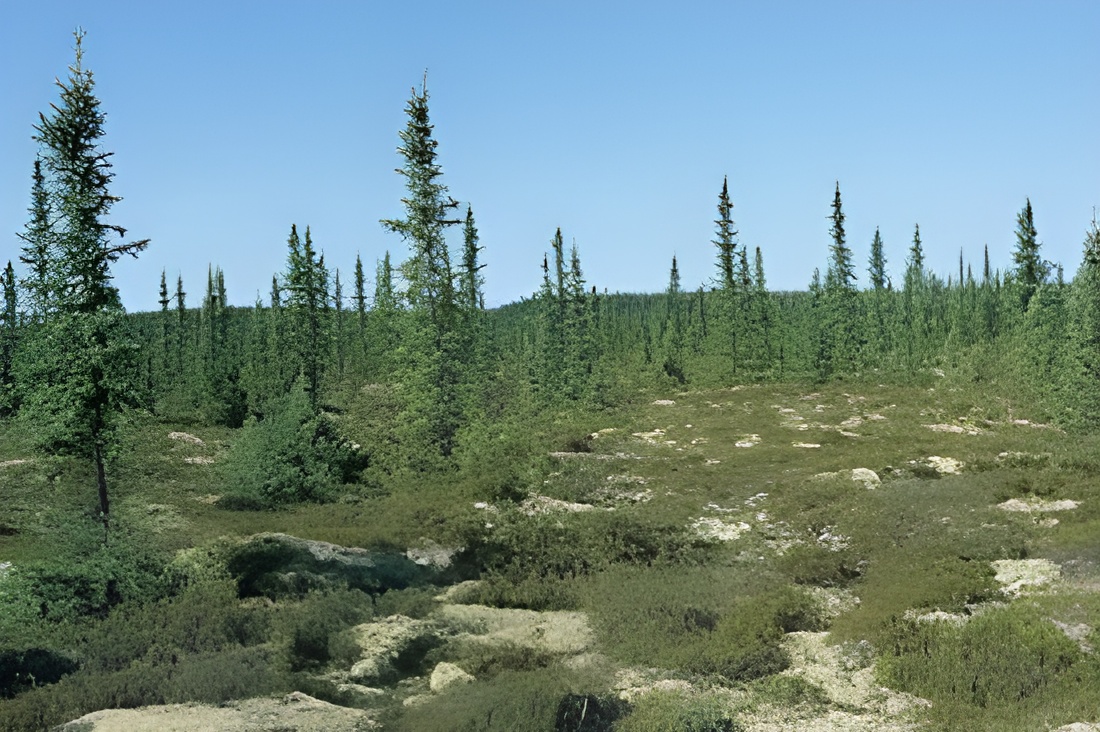
Unlike the flat lowlands that surround it, the Caribou Mountains rise like a forested island in the sky. Reaching elevations of over 1,000 meters, this plateau creates a cooler, wetter microclimate that supports rare permafrost and unique ecosystems. The terrain is a stunning mix of black spruce forests, muskeg wetlands, peat bogs, and glacial lakes—many of which remain unexplored by humans.
This untouched boreal forest is one of the most intact ecosystems in North America. It provides a crucial carbon sink, helping to regulate the global climate, and serves as a refuge for plant and animal species adapted to cold, moist conditions. Dense vegetation, slow-moving rivers, and expansive wetlands make travel within the park difficult but rewarding. It’s one of the few places in Alberta where visitors can feel truly alone in nature.
Scientists and conservationists are especially interested in this landscape because it offers a snapshot of a pre-industrial world—free from roads, logging, and pollution.
Wildlife: The Last Safe Haven for Boreal Species
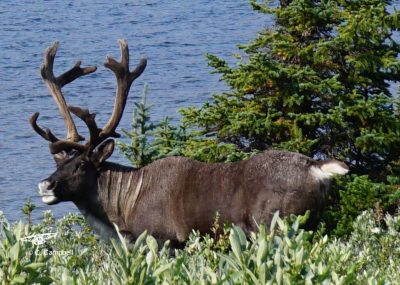
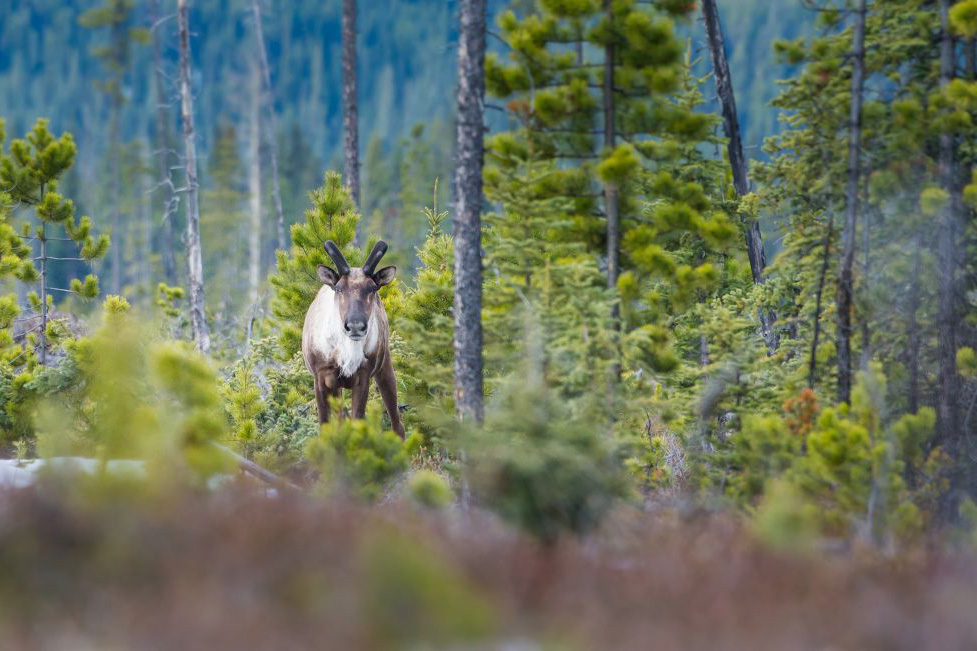
Caribou Mountains Wildland Provincial Park is more than a wilderness—it’s a sanctuary. The park was created in part to protect the threatened Boreal Woodland Caribou, a species whose numbers have been declining due to habitat loss and fragmentation. These elusive animals depend on undisturbed old-growth forest and lichen-rich terrain to survive, and the Caribou Mountains provide exactly that.
But the caribou are far from the only inhabitants. This region is also home to a significant population of wood bison, which graze in open meadows and muskeg flats. You may also encounter black bears, wolves, lynx, and wolverines, along with smaller mammals like beavers, foxes, and martens. The skies are filled with birds ranging from bald eagles and great gray owls to trumpeter swans and boreal songbirds.
Because the park is so remote, wildlife flourishes in ways not often seen in more developed areas. Visitors have the rare chance to observe species behaving naturally in their native habitat—without fences, feeding stations, or crowds.
Indigenous Connection and Cultural Significance
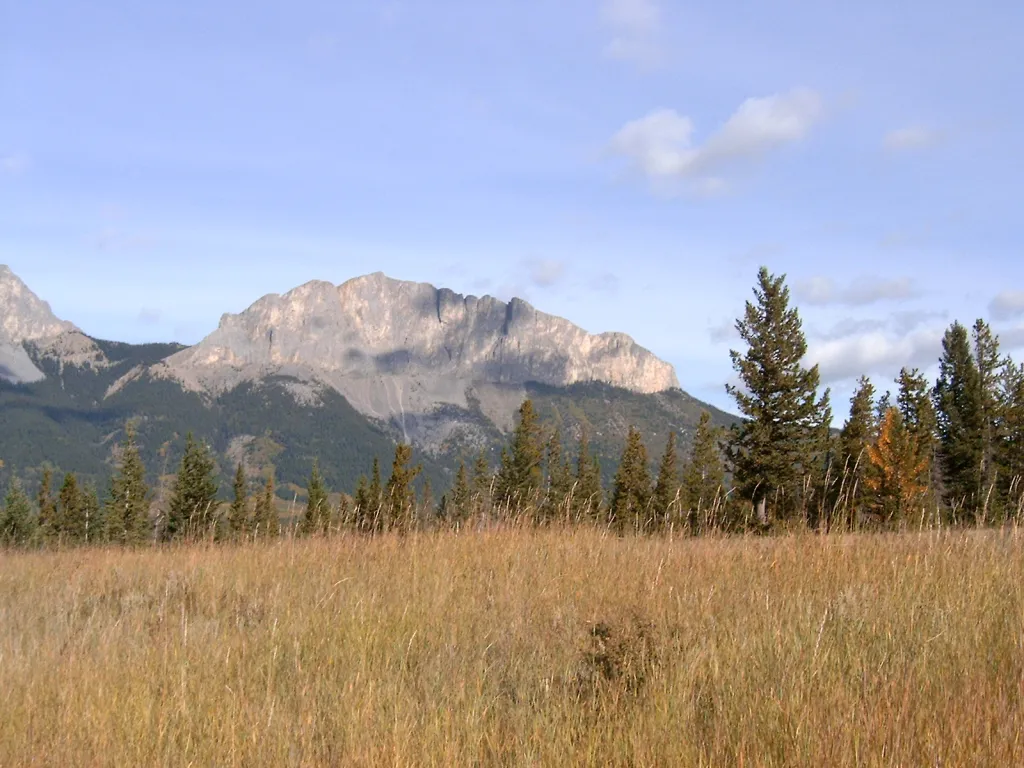
Long before Caribou Mountains was declared a provincial park, it was and remains the traditional territory of several Indigenous Nations, including the Dene Tha’ First Nation and the Little Red River Cree Nation. For generations, these communities have relied on the land for hunting, fishing, trapping, and spiritual practices.
Today, the park is managed in collaboration with Indigenous leaders to ensure that traditional ecological knowledge and cultural practices are preserved and respected. These partnerships help protect sacred sites, burial grounds, and traditional travel routes, while also contributing valuable insights into conservation strategies that modern science alone cannot provide.
Visitors are reminded that this land is not just a wilderness—it is a living cultural landscape. Every tree, river, and animal carries stories passed down through generations. Respect for Indigenous rights, traditions, and stewardship is essential when visiting or studying this region.
What You Can Do in Caribou Mountains Wildland Provincial Park
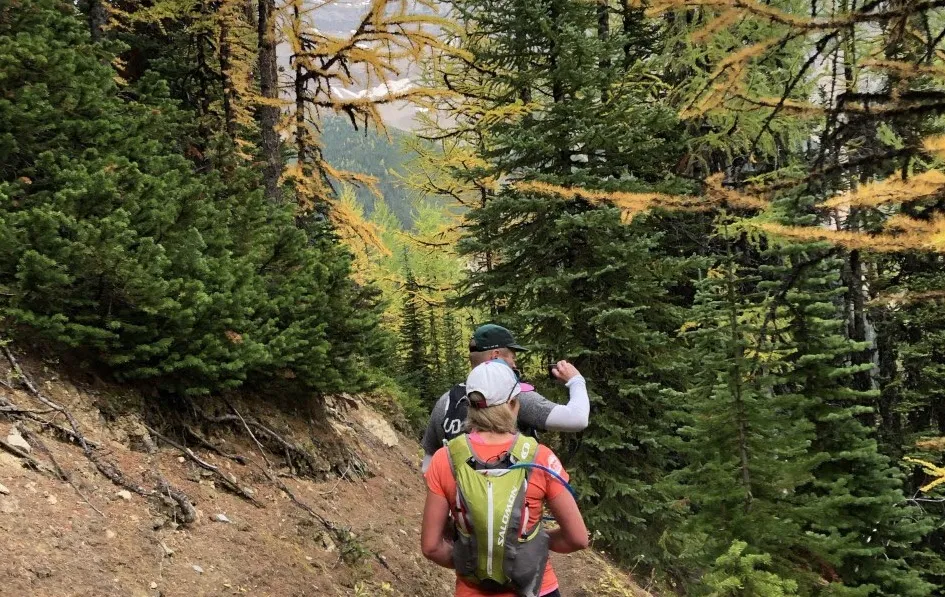
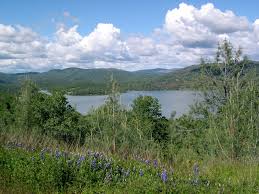
Caribou Mountains Wildland is not a park in the traditional sense. You won’t find visitor centers, picnic areas, or hiking signs. Instead, it offers something even rarer: true backcountry adventure. This is one of the last places in Alberta where you can truly disconnect from the modern world and immerse yourself in nature as it was thousands of years ago.
Activities Include:
- Backcountry Hiking: For experienced explorers only, hiking through this wild terrain requires GPS, detailed maps, and advanced wilderness survival skills. There are no trails or infrastructure, so all travel is off-grid.
- Wildlife Viewing & Birdwatching: With patience and quiet observation, visitors may witness caribou, bison, or birds like swans and owls in their natural setting.
- Fishing & Canoeing: Remote lakes and rivers offer opportunities for paddling and fishing, but access is difficult and may require floatplanes or winter roads.
- Photography & Filmmaking: The untouched beauty of the park makes it an exceptional location for nature photography and documentary projects.
This park is not suitable for casual tourists. It is recommended only for seasoned adventurers with full self-sufficiency and a commitment to Leave No Trace principles.
How to Access the Park and Prepare for the Journey
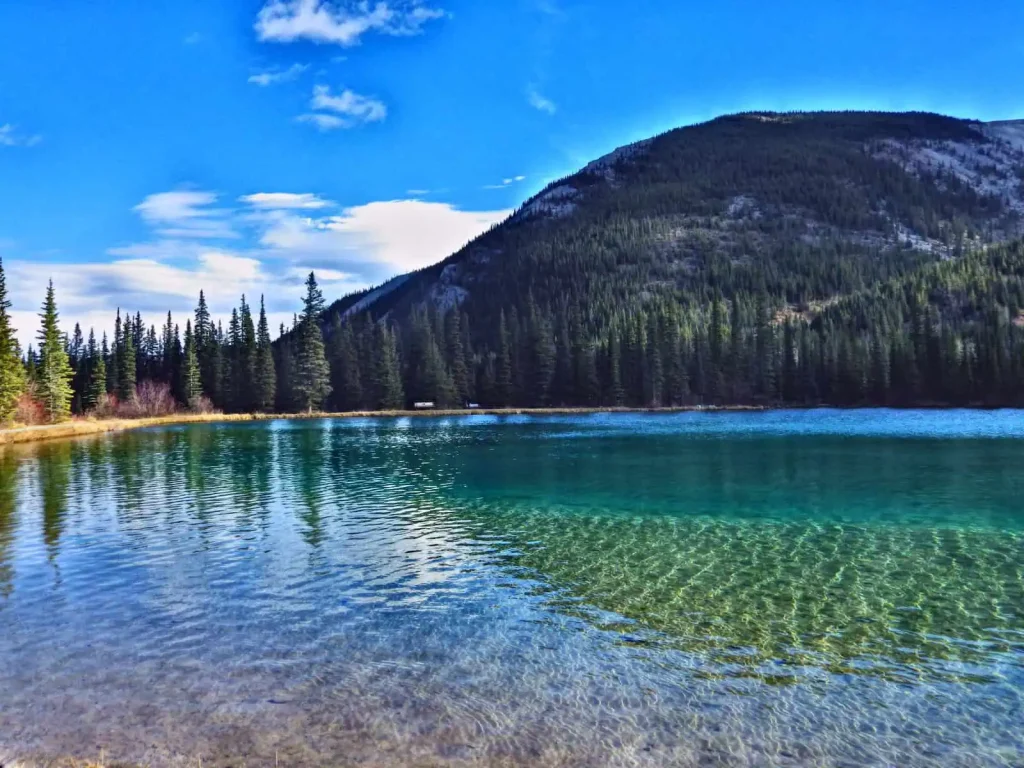
Getting to Caribou Mountains Wildland Provincial Park is a challenge—but that’s part of what makes it special. There are no direct roads or developed access points. Most visitors start their journey from Fort Vermilion or High Level, Alberta. From there, access is possible via floatplane, helicopter, or seasonal winter roads used by Indigenous communities and researchers.
What to Bring:
- Satellite phone or emergency beacon
- Weatherproof tent and sleeping gear
- Food and water supplies for at least a week
- GPS and topographic maps
- Insect repellent and mosquito netting
- Bear safety gear and proper food storage
- Cold-weather clothing, even in summer
Weather conditions can change rapidly, and the terrain is unforgiving. Visitors must be fully prepared, physically fit, and experienced in remote travel. There are no emergency services or ranger stations in the park, so every trip must be planned with care and respect for the natural risks.
Conservation Importance and Why It Matters
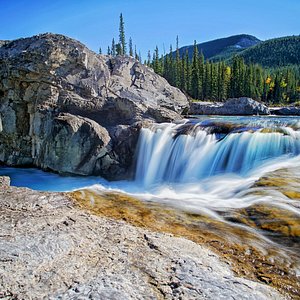
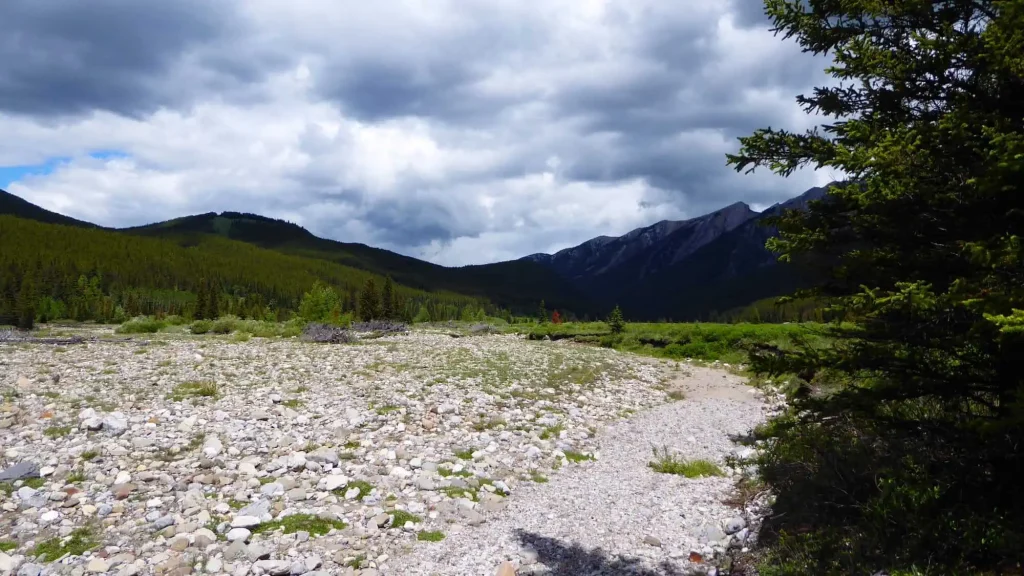
Caribou Mountains Wildland Provincial Park is more than a protected area—it’s a critical ecological and cultural preserve. As one of the last remaining boreal plateaus in Alberta, it plays a crucial role in maintaining biodiversity, carbon storage, and climate regulation.
The park’s protection helps prevent further decline of the woodland caribou, whose habitat has been severely fragmented across Canada. It also safeguards water systems, bird migration corridors, and traditional Indigenous lands from industrial encroachment.
Ongoing partnerships between Alberta Parks, scientists, and Indigenous communities ensure that conservation strategies remain holistic and grounded in both traditional and modern knowledge. Preserving Caribou Mountains is not just about protecting wildlife—it’s about protecting Canada’s environmental and cultural future.
Every visitor, researcher, or policymaker who respects this land contributes to its continued survival. By choosing to tread lightly and advocate for responsible wilderness management, we help secure one of the last untouched places in Alberta.
Final Thoughts: A Journey Into Untouched Alberta
Caribou Mountains Wildland Provincial Park is not easy to get to—and that’s what makes it extraordinary. This isn’t a place for casual sightseeing. It’s a destination for those who crave connection with the Earth in its rawest form. Here, you won’t find crowds, noise, or infrastructure—just quiet lakes, ancient trees, and the sound of your own heartbeat.
Whether you’re tracking caribou prints through the forest, paddling across a misty lake, or listening to the calls of northern birds, every moment in the Caribou Mountains is a reminder of how wild and beautiful Alberta still is.
For those who are prepared, patient, and passionate about nature, this park offers not just a visit—but a transformation.

